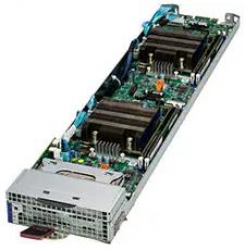Redriver a Retimer for data transfer
| F.A.Q.Redrivers and Retimers have been used for years to extend the range of a wired signal. For a long time, it was Redrivers that dominated this space due to their relative simplicity and lower manufacturing and maintenance cost.
Depending on the complexity and data rate of the hardware design, Redrivers can be useful for smaller systems that operate at lower data rates.
For data rates above 16 Gbps, Redrivers do not have sufficient capabilities to compensate for significant signal degradation. PCIe 4.0 and 5.0 require the use of Retimers for compatibility. Other serial protocols, such as USB 4.0 and Thunderbolt 3.0, also have clearly defined Retimer requirements in their forward-looking specifications.
|
|
Redriver |
Retimer |
|
Noise reduction |
NONE |
Resetuje cały szum wejściowy |
|
Production and maintenance cost |
low |
High |
|
Delay |
~100ps |
64ns based on PCIe 4 & 5 |
|
Equalizer |
CTLE |
CTLE, DFE i FIR |
|
Debug mode |
NONE |
Eye diagram monitoring, link state status, receiver margining |
The retimer resets the distorted signal caused by vibration, which it later regenerates into a clean signal ready for retransmission. The advantage of this is that there is no insertion loss, allowing the computing system and NVMe storage applications to take full advantage. Unfortunately, this is not fully achievable with Redriver. Any noise or random oscillation will be amplified along with the desired signal and in some cases Redriver itself can add messy noise to the output signal. It is also not possible to reset the noise for the input signal, as Retimer does

Related Pages:
- Test platform Supermicro NVMe 1029U-TN10RT + Intel Virtual RAID on CPU (VROC)
- Intel Virtual RAID CPU (KEY VROC) - AOC-VROCINTMOD & AOC-VROCSTNMOD & AOC-VROCPREMOD
- RAID solution with GPU acceleration - GRAID SupremeRAID™ (RAID 0/1/10/5/6 on NVMe drives)
- Supermicro Management Software Licenses for IPMI (SFT-OOB-LIC & SFT-DCMS-SINGLE & SFT-SDDC-SINGLE)


